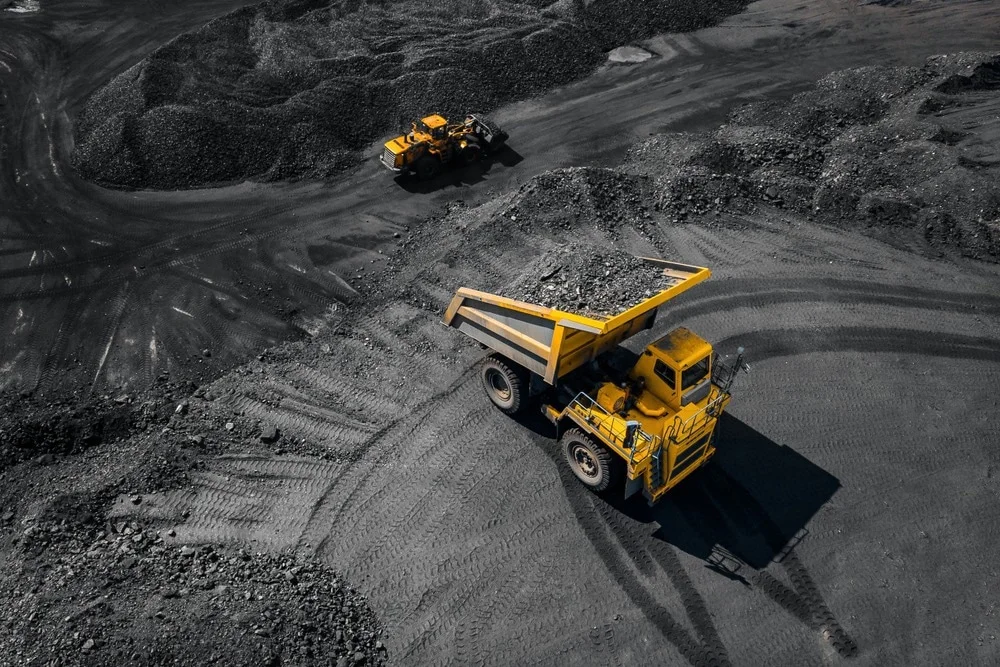
How are mining sites decomissioned?
Introduction to decommissioning
Mining sites have played a crucial role in shaping our world. They have unearthed precious minerals, metals, and fossil fuels that have fueled our progress for centuries. However, as these sites reach the end of their useful life spans, they must be decommissioned to ensure safety and sustainability. But what exactly is decommissioning? And why is it necessary? In this blog post, we’ll take a deep dive into the process of regenerating mining sites and explore a case study from the UK. So buckle up and get ready to delve into this fascinating topic!
Why is decommissioning necessary?
Mining sites have been known to produce vast amounts of resources that contribute significantly to global economies. However, these mining operations can cause significant damage to the environment and pose a risk to human health if not monitored appropriately. Decommissioning is necessary because it aims at mitigating these risks by ensuring that abandoned mines are safe for the ecosystem and people.
Abandoned mines often contain hazardous materials such as chemicals, heavy metals, and other toxic substances that can leach into groundwater sources or contaminate soil. These environmental hazards pose a severe threat to wildlife habitats as well as human populations who rely on those water sources.
Decommissioning also helps prevent accidents from happening in areas where mining activities have ceased but still present potential dangers. Abandoned mine shafts or tunnels can be unstable and collapse without warning, posing serious safety risks for anyone nearby.
Moreover, decommissioned mining sites provide an opportunity for rehabilitation with suitable land use practices like reforestation or agriculture. By restoring degraded lands affected by mining activities, we create more sustainable ecosystems while providing new economic opportunities for local communities.
In summary, decommissioning is essential because it ensures environmental sustainability while protecting human life and creating economic opportunities through land rehabilitation.
The process of decommissioning
The process of decommissioning mining sites can be a complex and lengthy one, requiring careful planning and execution. The first step is typically to assess the site for any potential hazards or risks that may need to be addressed before decommissioning can begin.
Once any necessary safety measures are in place, the next step is usually to remove all equipment and infrastructure from the site. This may involve dismantling buildings, removing machinery, and disposing of waste materials in an environmentally responsible manner.
After this initial cleanup phase, the focus shifts to restoring the land as much as possible to its original state. This can involve backfilling pits or quarry areas with soil, reseeding vegetation, and monitoring water quality.
Throughout the entire process of decommissioning a mining site, it’s important to prioritize worker safety and environmental protection. By carefully managing every aspect of this complex undertaking – from hazard assessments to final restoration efforts – it’s possible to minimize negative impacts on local communities while also ensuring public health remains protected for generations to come.
Decommissioning case study: Coal Mine in the UK
The UK has a long history of coal mining, with some sites dating back to the 18th century. As such, many of these mines are now reaching the end of their lives and require decommissioning. One notable example is the Daw Mill Colliery in Warwickshire.
Daw Mill was one of the last remaining deep coal mines in the UK, producing up to 3 million tonnes of coal per year at its peak. However, it suffered a devastating fire in 2013 which led to its closure. Since then, work has been underway to decommission the site.
The process began with securing and stabilizing the mine workings, removing all equipment and infrastructure from underground areas and sealing off any access points. The surface facilities were also demolished and removed.
Environmental remediation measures were also taken: contaminated water was treated before being discharged into local streams; any hazardous materials on-site were safely disposed of; re-seeding programs were initiated for land restoration purposes; and an ecological survey determined new habitats for wildlife as biodiversity became a major concern after operations ceased.
Decommissioning Daw Mill required careful planning due to its size (over 2 square miles) and complexity (deep mining). But through effective management processes that involved multiple stakeholders including government agencies along with industry experts working closely together -the success story demonstrates how best practices can be applied even when faced with challenging circumstances during mine closures worldwide- ultimately benefiting both communities around former industrial sites alike as well as nature preservation efforts for future generations too!
How does the future look for decommissioned mining sites?
The future for decommissioned mining sites looks promising, with many potential uses and benefits. One common approach is to rehabilitate the land by restoring its natural ecosystems and creating habitats for wildlife. This can involve planting vegetation, removing invasive species, and reintroducing native animals.
Other possibilities include repurposing the site for renewable energy projects such as wind or solar farms. Mining sites often have wide open spaces that are ideal for large-scale installations of these technologies. Additionally, some former mine shafts may be suitable locations for geothermal power generation.
In urban areas, abandoned mining buildings can be converted into cultural centers or museums dedicated to educating people about the history of mining in a given region. For example, the Big Pit National Coal Museum in Wales offers visitors a chance to experience what it was like working in a coal mine during the height of Britain’s industrial revolution.
There is also growing interest in reusing mined materials from decommissioned sites instead of extracting new resources from other areas. This can help reduce waste and lower environmental impacts associated with resource extraction.
There are numerous opportunities available for decommissioned mining sites beyond simply leaving them idle after their useful life has ended. With careful planning and thoughtful consideration of local needs and priorities, these lands can become valuable assets to communities around the world.
Conclusion
Decommissioning mining sites is a vital process to ensure the safety of people and the environment. The process involves various stages, including site assessment, dismantling of infrastructure, remediation and restoration. The case study of the coal mine in the UK illustrates how decommissioning can restore land for productive use while mitigating environmental damage.
As society transitions towards sustainable development practices, there will be more demand for decommissioning services. Mining companies must prioritize responsible closure planning as they operate their facilities to minimize negative impacts on communities and ecosystems.
Decommissioning is an essential element in creating a sustainable future that balances economic growth with ecological conservation. When done correctly, it can transform former mining sites into thriving landscapes that support wildlife habitats or even renewable energy projects.
In summary, effective decommissioning requires careful consideration from start to finish – from ensuring adequate funding to developing comprehensive remediation plans. With proper planning and execution, we can protect our environment while promoting social and economic benefits for all stakeholders involved in the process.


















